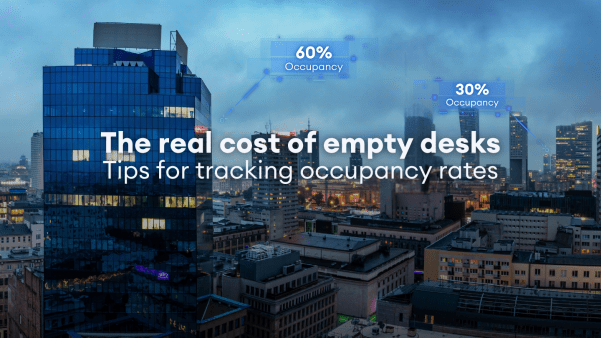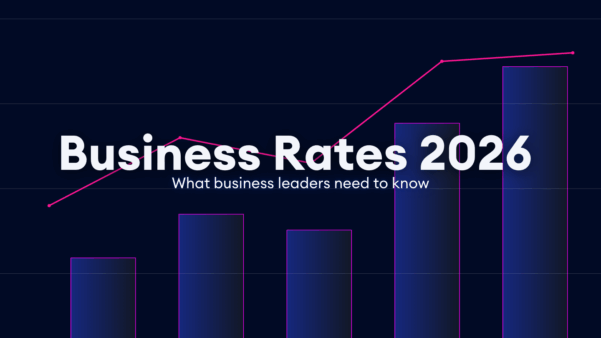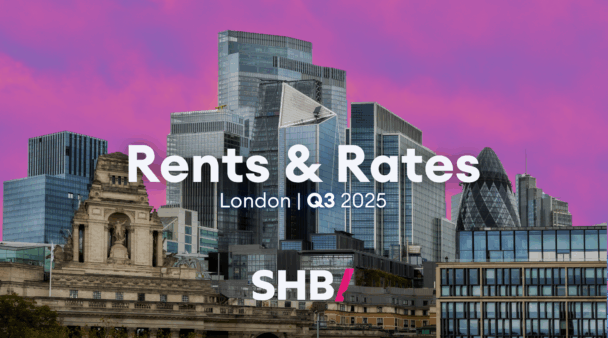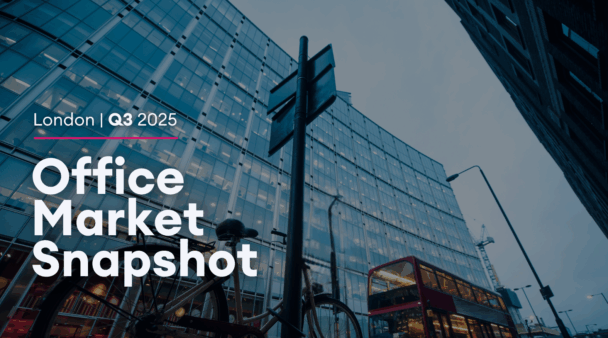The world of workplace accommodation has been in a rapid pace of change, with specifications in collaboration, workstations and ongoing environmental considerations there are a few key trends at the forefront of workspace planning. The shift back towards collaboration, making the most of in-office days and a ‘culture first’ ideology will continue to influence senior leaders on their location and overall office strategy.
We have queried the market about the trends dominating workplace design and build, as well as what is currently driving client briefs. New trends led by the desire to make workplaces as attractive as possible to workers returning to the office more days a week. Environmental factors are also having an impact on businesses wanting to reduce carbon footprints and incorporate sustainable thinking into office design.
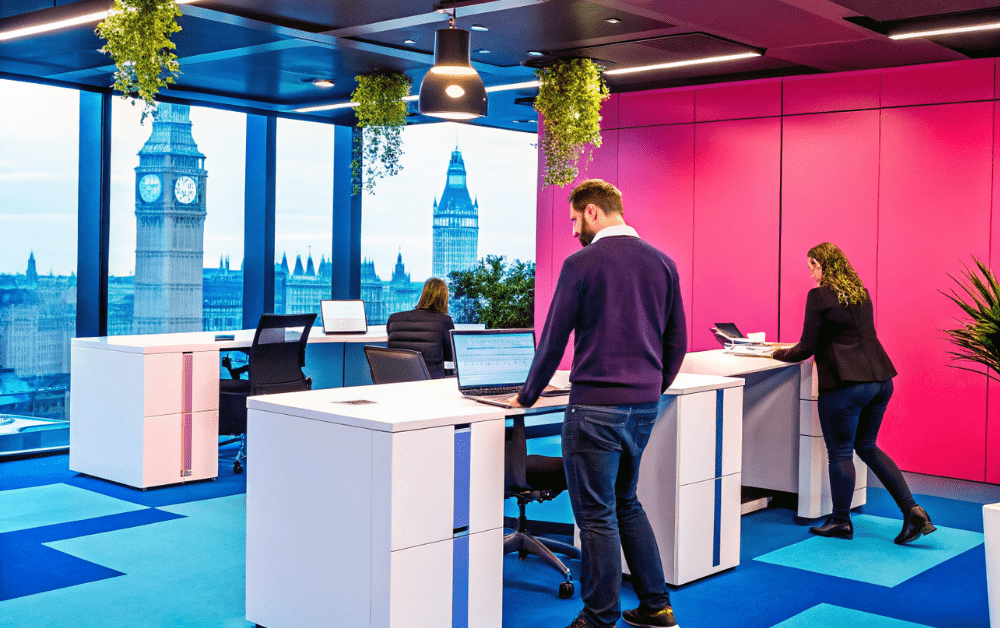
Smart spaces
Digitisation is now at the centre of everything we do and as a result we have seen technology and innovation become intrinsic to smart space planning. New technology development has made it cheaper and more accessible than ever before, and there are some fun features you can add to your workspace projects cost effectively.
In modern office planning, you have the ability to control and automate your space right down to linking up a desk booking app to the furniture itself, a nice touch which ensures the desk automatically adjusts to the desired height of the user prior to arrival.
From installing a virtual receptionist, to having personalised digital locker, everything can be managed from a central location which not only provides a seamless experience to employees and clients but can also be more cost-effective for the business.
Many design, furniture and property management companies are also continuing their use of sensors to analyse behaviours in the space and will adjust the heating and air con based on how many people are in one area at a time.
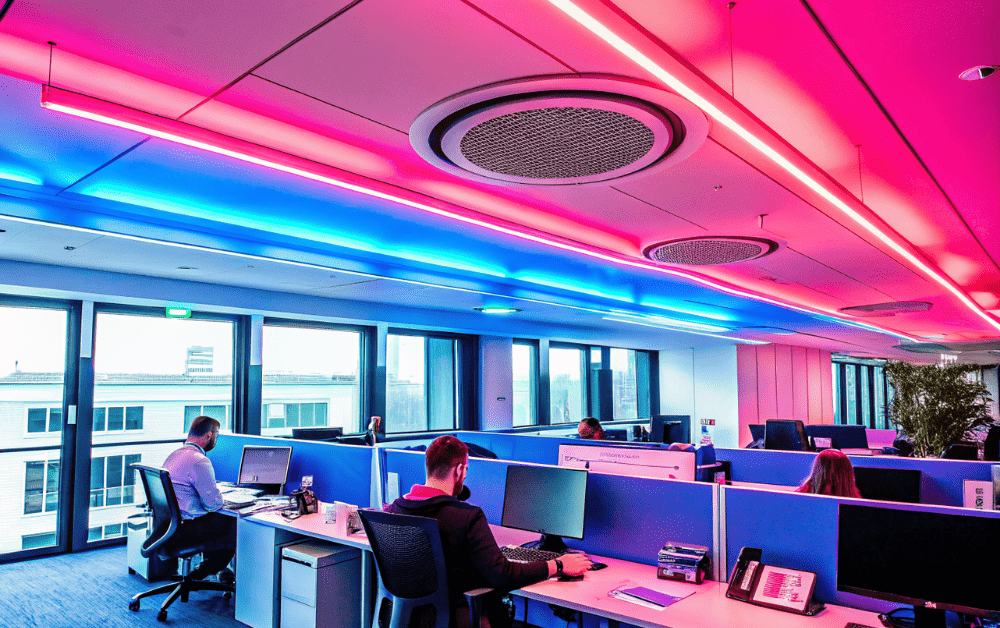
Eco technology
According to NatWest research, two-thirds of medium-sized companies have invested in new technology for energy efficiency, known as Eco Technology.
An example of this is eco lighting – aiming for lights to be switched off as much as possible through the use of motion sensors to detect when people are in the area. Workspace consultancy firms are also relying on the technology of light sensors to make spaces feel more natural, take a rectangular office – the lighting will be brighter in the middle and dimmer on the outside based on sensing how much natural light is coming in through the windows.
Cooling and heating technology can also have a huge impact on your carbon footprint. If it’s set a little less cool in summer and a little less warm in winter, even a couple of degrees either way, it can make a big difference.
Using technology such as a desk or meeting room booking app allows you to pre-plan for how the workplace will be used that day. On less busy days, workers can be confined to certain areas or zones, which will allow you to completely switch off heating, lighting, digital screens and air con in unused zones. Resulting in both energy and cost savings for the day.
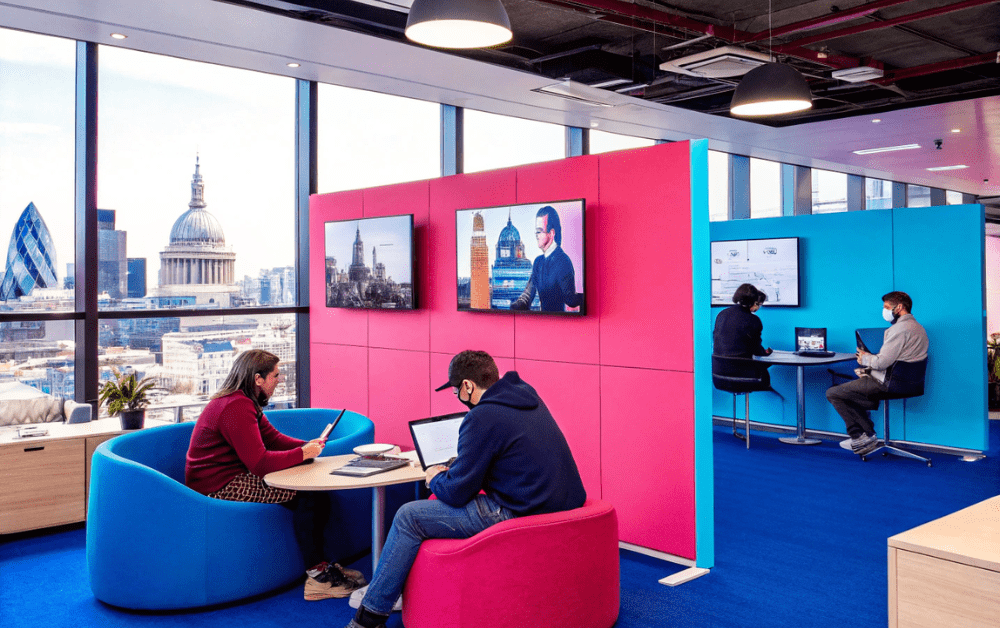
Culture first, fluid spaces
Unsurprisingly, offices have changed in the last five years, clients are requesting much more flexibility in the space based on how they perceive they’re going to work. Clients are thinking about culture first and how people are moving around the space, as opposed to a fixed workstation model.
Business decision makers are accepting hybrid working is here to stay in some form, and are reducing square footage as a result. What we are seeing, though, is that they are willing to invest in making a smaller space as attractive as possible to workers, in a bid to drive the return of in-person collaboration and support the need for improved technology. Technology is critical to making the hybrid office successful, with many recognising the need for better video conferencing tools and more quiet, private areas to make calls, such as phone booths or pods.
Most forward-thinking brands of all sizes have incorporated video technology as a main driver for the layout of their conference rooms, developing built-in mics and cameras and large wall screens to make hybrid meetings as seamless as possible. Something that was previously reserved for larger tech firms from a few years ago.
There is also a significant focus on adding more workplace benefits, such as breakout spaces and collaboration areas. The shift in attitude is certainly keeping office advisory firms busy with a lot of changes to client briefs and how they reimagine their workspace.
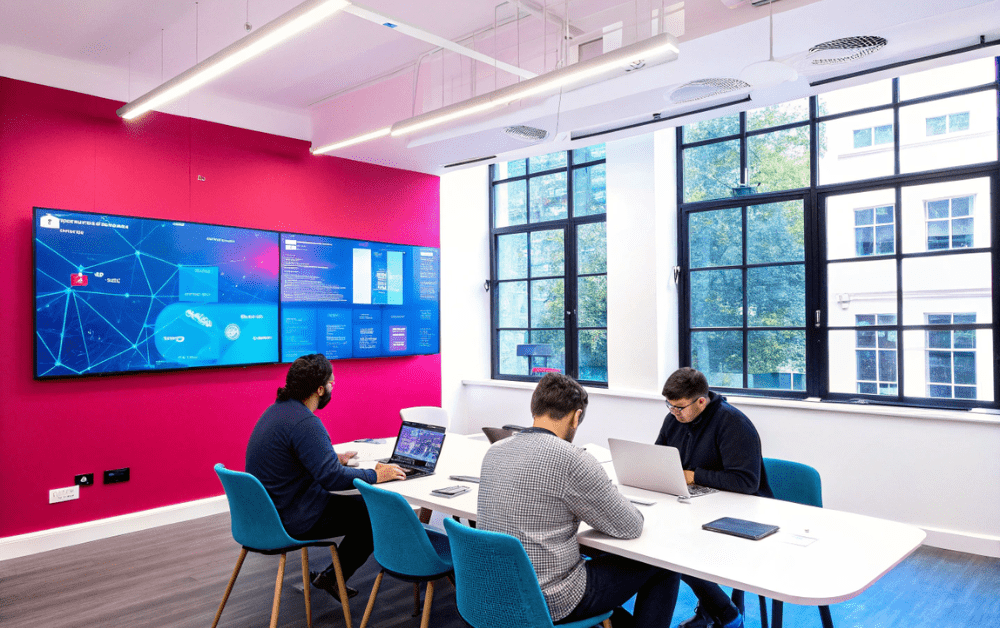
Technology to boost wellness measures
Employee needs have shifted since the pandemic, with mental and physical wellbeing moving to the forefront of people’s priorities. As a result, introducing wellness measures in the workplace has become key when planning a new office refresh.
There are some great wellness technologies you can incorporate to ensure employees can keep active physically and mentally throughout the working week, for example sit/stand desks encourage activity rather than remaining sedentary at a desk all day.
Employers can encourage teams to exercise during the working day by providing the space and tools to make it easy for them, with the addition of a virtual fitness studio. Physical exercise generates more energy both physically and mentally, leading to a more productive and alert workforce. Ultimately, increasing business productivity.
Mental wellbeing has been building momentum over the past few years and a great employer will look to incorporate this into their place of work. Providing reflection rooms, yoga spaces, or a private space for employees to participate in virtual therapy sessions are all ways to enrich the workplace and benefit mental health.
We specialise in advising tenants and landlords on the best real estate options for them. If you’d like to hear more about how we could help you, get in touch and one of our expert commercial surveyors will be able to assist.









